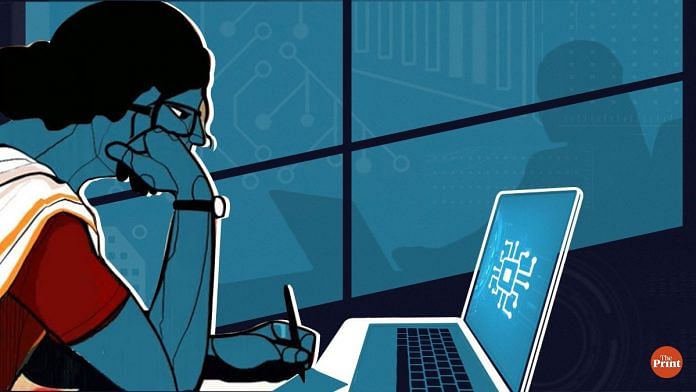In a world striving for equality, empowering women with financial literacy is crucial to fostering economic independence and gender parity. However, despite progress, a significant gap in financial literacy persists among women globally. Research from the Stanford Center on Longevity reveals that women tend to score lower than men when tested on financial literacy.
Perhaps unsurprisingly then, women are also less likely than men to own a bank account. While approximately 1.4 billion adults globally remain “unbanked”, according to the OECD, these people are more likely to be “women, poorer, less educated and living in rural areas”.
This financial confidence gap is a real concern, especially for women as they age. Unfortunately, many women reach retirement age without enough savings. This is partly due to career breaks for family reasons and being more likely to work in lower-paying jobs. In countries like the US, where women live almost six years longer than men on average and often leave the workforce earlier, many also face more extended retirement periods.
This is why digital financial inclusion and literacy are fundamental aspects of the mission of the EDISON Alliance. It aims to foster global digital inclusion in areas including healthcare, education and finance.
As an alliance committed to driving meaningful change, EDISON convenes organizations that can help to empower women and other underserved communities through digital financial education and inclusion initiatives. These organizations make commitments to drive real impact in the lives of millions of women and other underserved populations by fostering financial awareness and enabling them to actively contribute to the global economy.
Working to boost financial literacy
Here’s how five of these collaborations are using digital tools to improve financial literacy and inclusion for women worldwide.
1) Providing digital banking services and skills across Asia
Axiata Group Berhad is a Malaysian telecommunications company that operates throughout Asia. It wants to improve the lives of 23 million people on the continent by 2025 by facilitating access to digital banking services and micro-credit for the unbanked. It also offers telehealth services in rural areas. In addition, the organisation provides digital skills training to women entrepreneurs and rural educators.
2) Helping low-income entrepreneurs in Latin America
Women’s startup activity was 10.1% in 2022, according to UN research – 80% of men’s rate of 12.6%. Their established business rate was 5.5%, which is 68% of men’s at 8.1%. This highlights a widening gender gap in entrepreneurship and shows women face hurdles when starting businesses, but even greater hurdles sustain them.
BBVA Microfinance Foundation (BBVAMF) has committed to helping over 4.5 million low-income entrepreneurs in Latin America, primarily women, by 2025. Its microfinance institutions offer financial and digital skills programmes, internet access and transactional services to promote sustainable development.
3) Creating digital connections
Non-profit Grameen Foundation empowers women through technology. It plans to train 1,500 community agents that will connect female entrepreneurs and farmers to digital services in India, the Philippines, Ghana, Uganda and beyond. They will use digital tools to connect female entrepreneurs and smallholder farmers to critical services. This will benefit more than 1.65 million underserved women and their families by 2025.
4) Helping the world’s small businesses to grow
Mastercard, the second-largest payment technology company in the world, has already hit a five-year goal of getting 500 million unbanked people in 80 countries into the financial system. It is now working to do the same again by 2025. Mastercard is also dedicated to providing 50 million small merchants – including 25 million women entrepreneurs – with tailored business solutions that will help these companies grow.
5) Supporting the unbanked in Pakistan
There is a clear gender gap when it comes to having access to an account with a financial institution, with 65% of women around the world having such access versus 72% of men. Financial services platform Virtual Remittance Gateway (VRG) focuses on boosting women’s financial inclusion. It believes it can impact 30 million lives in Pakistan by 2025 by using digital financial services to encourage more people to create mobile wallets and make low-cost e-payments via mobile phone. VRG has already impacted 7.3 million lives in Pakistan in just 14 months under the Asaan Mobile Account Scheme, with 41% of accounts opened by women.
Extending the reach of digital finance
Bridging the financial literacy gap for women is essential for promoting gender equality, economic empowerment and inclusive economic growth. Collaborating with the public and private sectors, NGOs and other stakeholders, the EDISON Alliance encourages partnerships that can have this kind of impact at scale, reaching underserved communities, including women.
By pooling resources and expertise, these partnerships could amplify the impact of financial literacy initiatives and accelerate meaningful change. Empowering women with the necessary financial tools and opportunities to fulfil their potential in the global economy will be key to making this happen.
This article previously appeared in the World Economic Forum.



